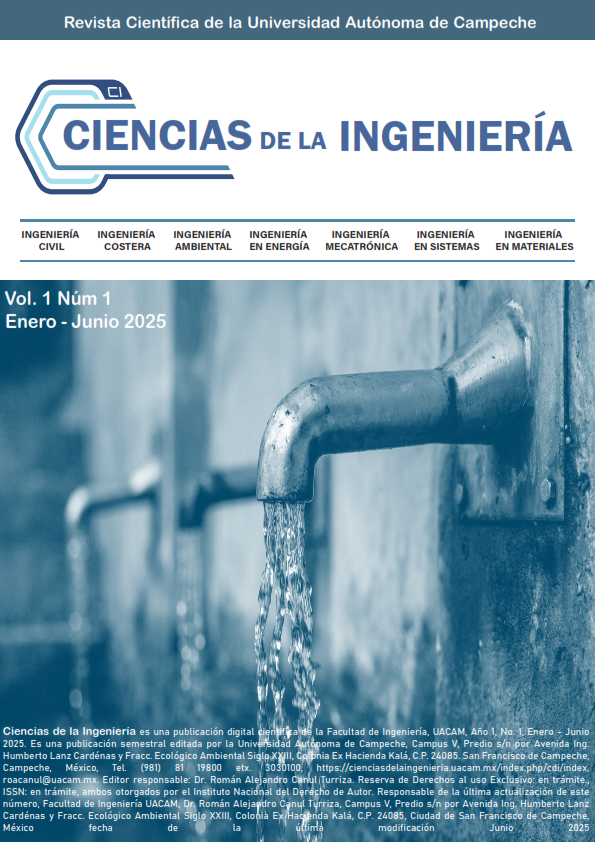Evaluación de un humedal de tratamiento de aguas residuales en San Marcos Atexquilapan, Naolinco, Veracruz, México., sembrado con policultivo de plantas ornamentales
DOI:
https://doi.org/10.26359/UACAMCI.0103Palabras clave:
Humedal construido, biorremediación, análisis fisicoquímicoResumen
El uso de los humedales como sistemas de tratamiento de aguas residuales es una alternativa prometedora en localidades rurales, ya que es económica y fácil de operar. Debido a su practicidad, al implementarlos es necesario analizar su funcionamiento en torno a remoción de contaminantes, pues esto ayuda a tomar consideraciones en el diseño y apoya en la replicabilidad de los mismos, por su potencial para disminuir la polución hídrica y mejorar la calidad de vida. Por ello, el presente trabajo evaluó la remoción de contaminantes en las aguas residuales tratadas a través de un humedal construido sembrado con plantas ornamentales en la localidad de San Marcos Atexquilapan, Naolinco Ver., mediante la recopilación de 6 parámetros; Temperatura, pH, Conductividad eléctrica (CE), Solidos Disueltos Totales (TDS), Demanda Química de Oxígeno (DQO) y Carbono Orgánico Total (TOC). Dicho estudio tuvo una duración de 180 días (6 meses). La zona de estudio presentó una temperatura promedio de 20.73 °C. Las aguas tratadas alcanzaron remociones máximas de 47 % en DQO, 50 % en SDT, 60 % en COT, 72 % en CE, y un pH fluctuante alrededor de 6. Aunque estos resultados son relevantes, es necesario optimizar las condiciones de diseño para mejorar la eficiencia en la remoción de contaminantes. Además, al comparar con estudios de otros autores, se identificó que los bajos porcentajes de remoción podrían estar relacionados con las condiciones climáticas, el proceso de adaptación de las plantas debido a que el sistema tiene apenas 12 meses de operación, así como factores externos como la sobrecarga orgánica.
Descargas
Publicado
Versiones
- 2025-10-01 (2)
- 2025-07-11 (1)
Número
Sección
Licencia
Derechos de autor 2025 Ciencias de la Ingeniería

Esta obra está bajo una licencia internacional Creative Commons Atribución-SinDerivadas 4.0.




